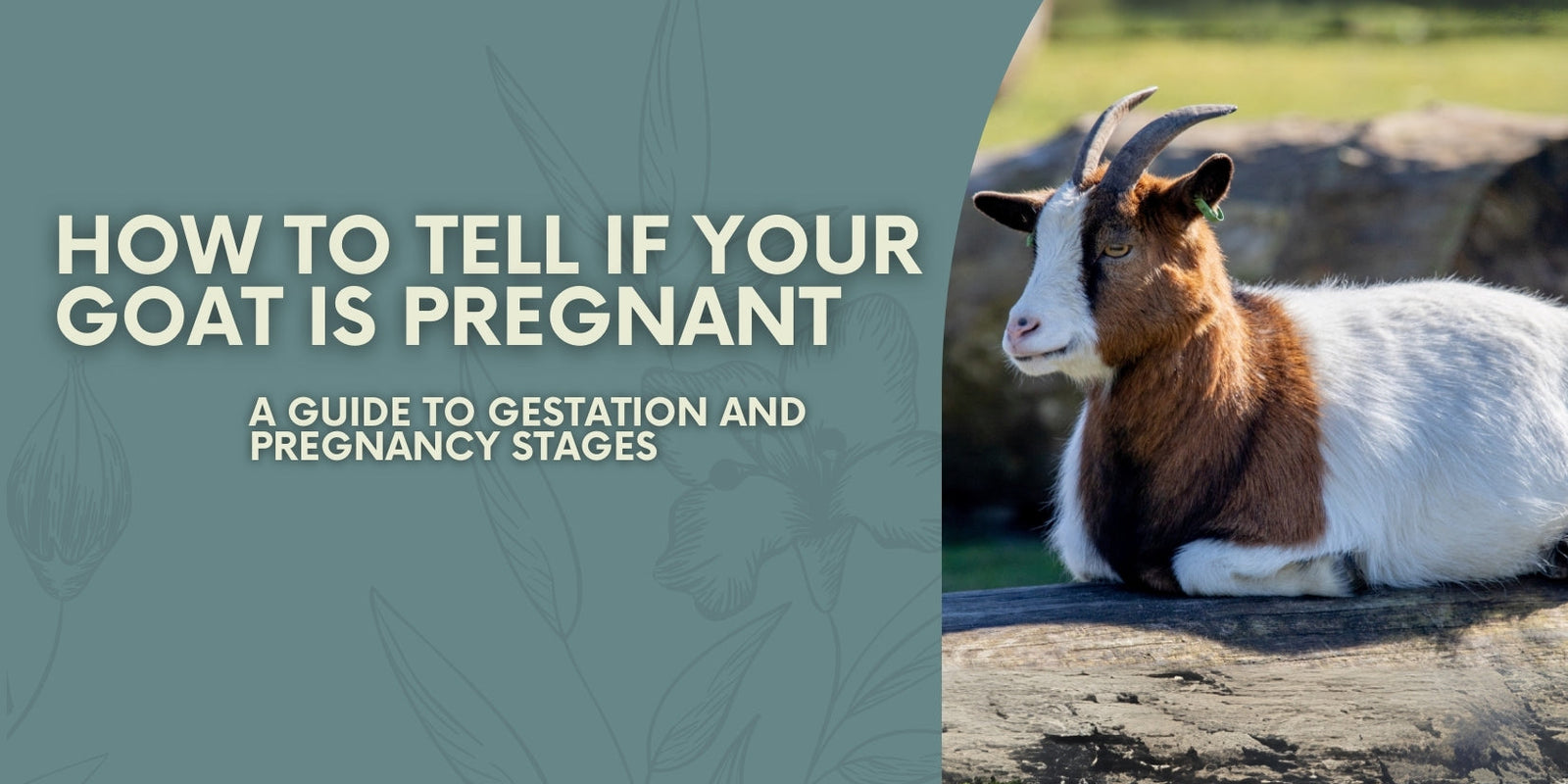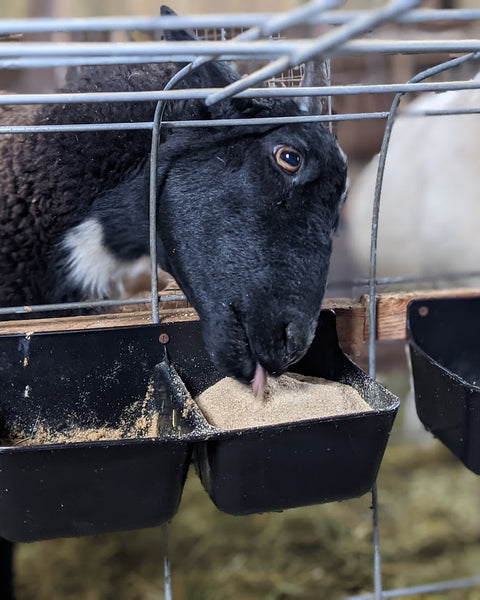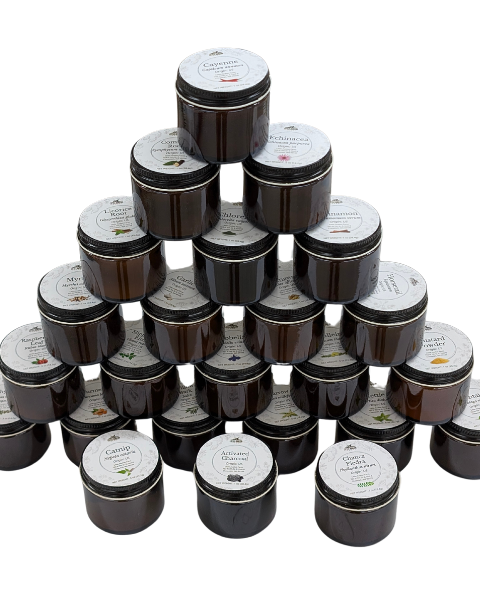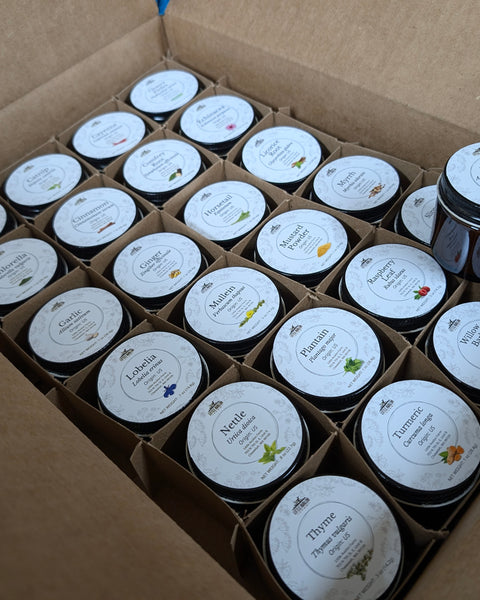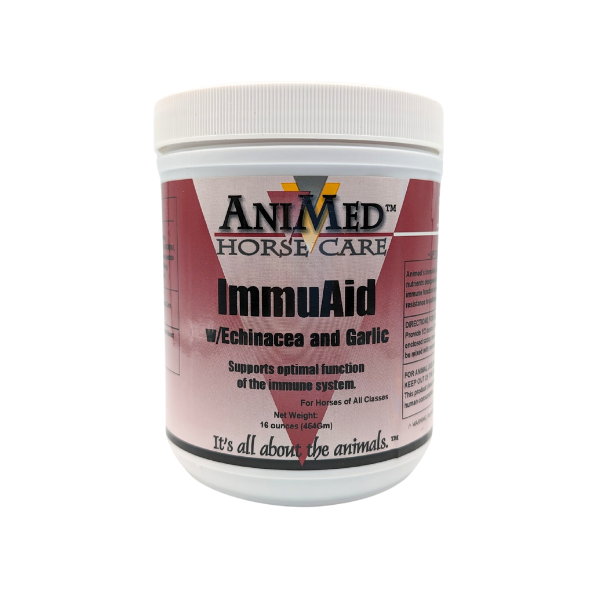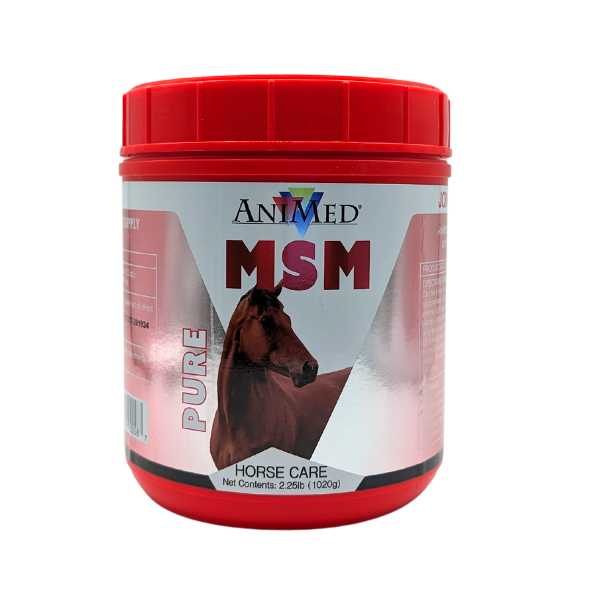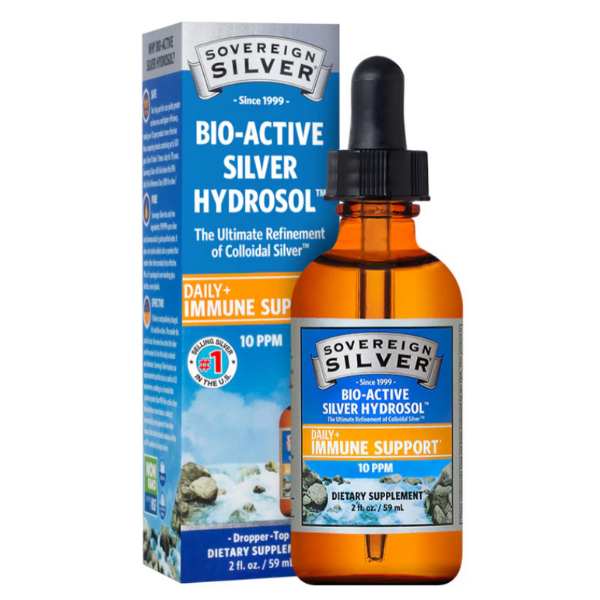Raising goats is a rewarding journey, but when breeding season arrives, that burning question always comes up: "How do I tell if my goat is pregnant?" While some does practically announce their pregnancy with obvious signs, others keep it a secret until you suddenly find kids in the barn one morning. Understanding goat gestation periods, pregnancy stages, and the subtle (or not-so-subtle) signs can help you prepare for a smooth kidding season without any middle-of-the-night surprises.
This guide covers everything you need to know about detecting goat pregnancy, tracking gestation, preparing for kidding, and caring for does and kids when the big day arrives. I'll present both conventional and natural approaches so you can make informed decisions that align with your own goat-keeping philosophy.
Goat Gestation Calculator:
Understanding Goat Pregnancy
What Is the Gestation Period for Goats?
Goats typically carry their babies for 145-155 days, with the average falling around 150 days (that's about 5 months). Several factors can push your doe closer to either end of that range.
For instance, breed plays a role. Larger breeds like Nubians and Boers often carry a few days longer, while smaller breeds like Nigerian Dwarfs might deliver a bit earlier. Does carrying multiple kids also tend to deliver earlier than those carrying singles. Each doe is unique, and if you've been through kidding with her before, you might notice she follows her own pattern.
Proper nutrition during pregnancy is crucial for a healthy kidding. In conventional approaches, this often means carefully measured supplements and premixed minerals. In my experience, a free-choice mineral buffet system has been a game-changer for my herd, allowing does to select minerals according to their individual needs. This approach acknowledges that a doe's mineral requirements can change throughout pregnancy, and her instincts often guide her to what her body needs most.
Tracking breeding dates is absolutely the most reliable way to predict when kids will arrive. Use the gestation calculator above to estimate your doe's due date based on a 150-day average gestation. Or for a more detailed version - try our goat due date calculator on The Holistic Goat webpage.
Goat Pregnancy Stages and Natural Pregnancy Indicators
A goat's pregnancy unfolds in three distinct trimesters, each bringing different changes you can watch for.
First Trimester (Weeks 1-6) During these early weeks after conception, the embryo implants and begins developing while the doe's body produces progesterone to maintain the pregnancy. Most does show no obvious physical changes yet, but if you really know your girl's personality, you might notice subtle behavioral changes. Some normally social does might suddenly prefer to be alone, while previously shy ones might become more forward. Another telling sign: your buck will typically show much less interest in a pregnant doe. A key indicator is if she doesn't return to her normal 21-day heat cycle.
Second Trimester (Weeks 7-14) By now, gradual changes begin. You might notice an increased appetite and a slightly firmer belly. If your doe was producing milk before breeding, you'll likely see her production decrease as her body redirects resources to her growing babies. If you've been milking this doe, be sure to stop around week 12-13 (about 60 days before her due date) to give her body time to rest and prepare colostrum for her kids.
This is a good time to evaluate your doe's nutritional program. Her body is working hard to develop those growing babies, which increases her mineral and nutritional requirements. Conventionally, many goat keepers add specific supplements or increase grain during this period. In my herd, I focus on ensuring access to a complete mineral buffet and quality forage, allowing each doe to select what she needs. I've found that does naturally seek out certain minerals during pregnancy when given the option—they know what they need far better than we do.
Third Trimester (Weeks 15-20) This is when the most noticeable changes happen. Her belly visibly expands as kids grow rapidly, and her udder begins filling with colostrum. In the final month, place your hand gently against the right side of her abdomen. You might feel tiny hooves or a nose pushing against mom's side! Her appetite will increase significantly to support growing babies. As kidding approaches, she may start nesting behaviors, like pawing at bedding or seeking a private spot.
During this final stretch, your doe might benefit from additional nutritional support. Conventional approaches often include increased grain rations and vitamin supplements specific to late pregnancy. Those who prefer natural methods might offer herbs like raspberry leaf, which has traditionally been used to tone the uterus and prepare for birth. Whether you choose conventional supplements, herbal support, or a combination approach, the goal is the same: supporting your doe through the demanding final weeks of pregnancy and preparing her body for labor.
How to Tell If Your Goat Is Pregnant
Early Signs of Goat Pregnancy: Natural Observation or Testing
Detecting pregnancy can be done through careful observation or testing methods. One primary indicator is simply the absence of heat cycles. Does typically cycle every 21 days, so if a bred doe doesn't return to heat, she's likely pregnant. That said, some does still show mild estrus-like symptoms despite being pregnant, so this method isn't foolproof. Being familiar with the key indicators described above can give you valuable insights.
Preparing for Goat Kidding: Final Weeks of Pregnancy
Signs That Kidding Is Near
As your doe approaches her delivery date, she'll start showing some telltale signs. Her belly might appear to drop lower as kids shift into birthing position, making her look even heavier in her back end. Her udder will become firm and full as it prepares for those first crucial feedings.
A clear or milky discharge from her vulva is normal as birth approaches. She may paw at her bedding to create a nest or seem restless, unable to get comfortable. One of the most reliable indicators is the softening of her tail ligaments—those little bands near the base of her tail will become almost undetectable as her body prepares for delivery.
Keeping a watchful eye on these changes helps you know when to prepare the kidding area and be ready to support your doe through the birthing process.
How to Set Up a Safe & Comfortable Birthing Space
Creating a warm, draft-free space for your doe to give birth is one of the best ways to support her. A thick bed of clean straw or pine shavings provides comfort and warmth for new babies. Good ventilation keeps the air fresh while preventing drafts. Always ensure she has access to fresh water and quality hay to keep her strength up.
When it comes to preparing for kidding, conventional wisdom suggests having a comprehensive kidding kit with numerous tools and interventions. After years of experience, I've found that a more minimalist approach often works just as well. Goats have been kidding successfully for thousands of years without human assistance, and often our interventions are more about our anxiety than their actual needs.
That said, it's good to have some basics on hand, just in case:
-
Clean towels for drying babies in very cold weather
-
A bulb syringe for clearing airways if needed
-
A comfortable chair for you to observe from a distance
-
Your phone for taking those adorable first photos
For those who prefer to be more prepared, additional items might include:
-
Disposable gloves
-
Lubricant (olive oil works well in a pinch)
-
Iodine or chlorhexidine for umbilical cord care (though many goat owners, myself included, have moved away from routine cord dipping)
-
Clean scissors for cutting cord if necessary
If you feel more comfortable with natural alternatives, some people keep herbs like shepherd's purse on hand for excessive bleeding, or witch hazel for soothing the birth canal. The key is finding what works for your management style while remembering that less intervention often leads to stronger, more resilient animals.
What to Do After Your Goat Gives Birth
Post-Birth Care for the Doe & Kids
After delivering her babies, your doe will immediately begin licking her kids clean. This isn't just for cleanliness but stimulates circulation, initiates bonding, and helps them warm up. If it's particularly cold (below 15°F/-9°C), you might need to assist by gently towel-drying kids and using a blow dryer to prevent frostbite on ears and hooves. Otherwise, it's best to let mom handle this important bonding process.
Conventional advice often recommends routine umbilical cord dipping with iodine. However, after years of raising goats, many of us have moved away from this practice. A clean birthing environment and healthy, resilient animals generally prevent issues like joint ill without the need for caustic substances on tender skin. If you feel more comfortable treating the cord, colloidal silver is a gentler alternative some goat owners prefer.
One crucial element in these first hours is ensuring kids receive colostrum, the antibody-rich first milk that gives them immune protection. Ideally, they should nurse within two hours of birth. If a kid struggles to find the teat, provide gentle guidance. The first milk from mom contains antibodies specific to your farm and environment that no commercial replacer can match.
For the doe, she should pass her placenta within 12 hours of delivery. Offering clean water (some does appreciate it slightly warmed) helps with hydration. Warm water with blackstrap molasses can help restore her energy. If you've had to assist with the birth by going in, you might consider supportive herbs rather than routine antibiotics. Herbs like raspberry leaf, echinacea, and garlic can support recovery. Many conventional approaches recommend various post-kidding injections and supplements, but with good nutrition before and during pregnancy, these are often unnecessary.
During recovery, keep observing your doe and her kids. In most cases, nature handles things beautifully when we step back and watch rather than rushing to "fix" normal processes. With proper care and attention, your doe will soon settle into motherhood, proudly caring for her new babies.
How Soon Can a Goat Get Pregnant Again?
While a doe can technically return to heat as early as 2-3 weeks after kidding, breeding her this soon isn't recommended for her long-term health, regardless of whether you follow conventional or natural management practices. Allow at least 4-5 months for her body to fully recover before rebreeding. Does bred too soon often produce kids with lower birth weights in their next litter and may have reduced milk production. Giving her time ensures she stays healthy and productive for years to come.
Final Thoughts: Supporting Your Pregnant Goat
Caring for a pregnant goat comes down to understanding her needs, recognizing the subtle changes in her body and behavior, and ensuring she has proper nutrition and care throughout the process.
In my experience, goats are remarkably capable when we allow them to be. They've been giving birth successfully for thousands of years, often with minimal human intervention. Our role is primarily to provide optimal conditions and be ready to assist only when truly necessary.
Raising goats isn't for the faint of heart. Things are great when they're great, but it can be intense when they're not. The conventional approach to goat pregnancy and kidding often involves numerous interventions, supplements, and protocols. While these can be helpful in certain situations, I've found that a more hands-off approach—focusing on good nutrition, clean environments, and careful observation—leads to stronger, healthier goats and fewer complications over time.
Whether you choose a conventional path, a more natural approach, or find your own balance between the two, the goal is the same: supporting the health and wellbeing of your doe and her kids. With thoughtful preparation and careful observation, you'll be ready to help your doe welcome healthy, vibrant kids into your herd!
Watching a doe care for her new babies is truly one of the most rewarding experiences of raising goats. There's nothing quite like the magic of new life on the farm, especially when you've supported your doe through her pregnancy journey.
